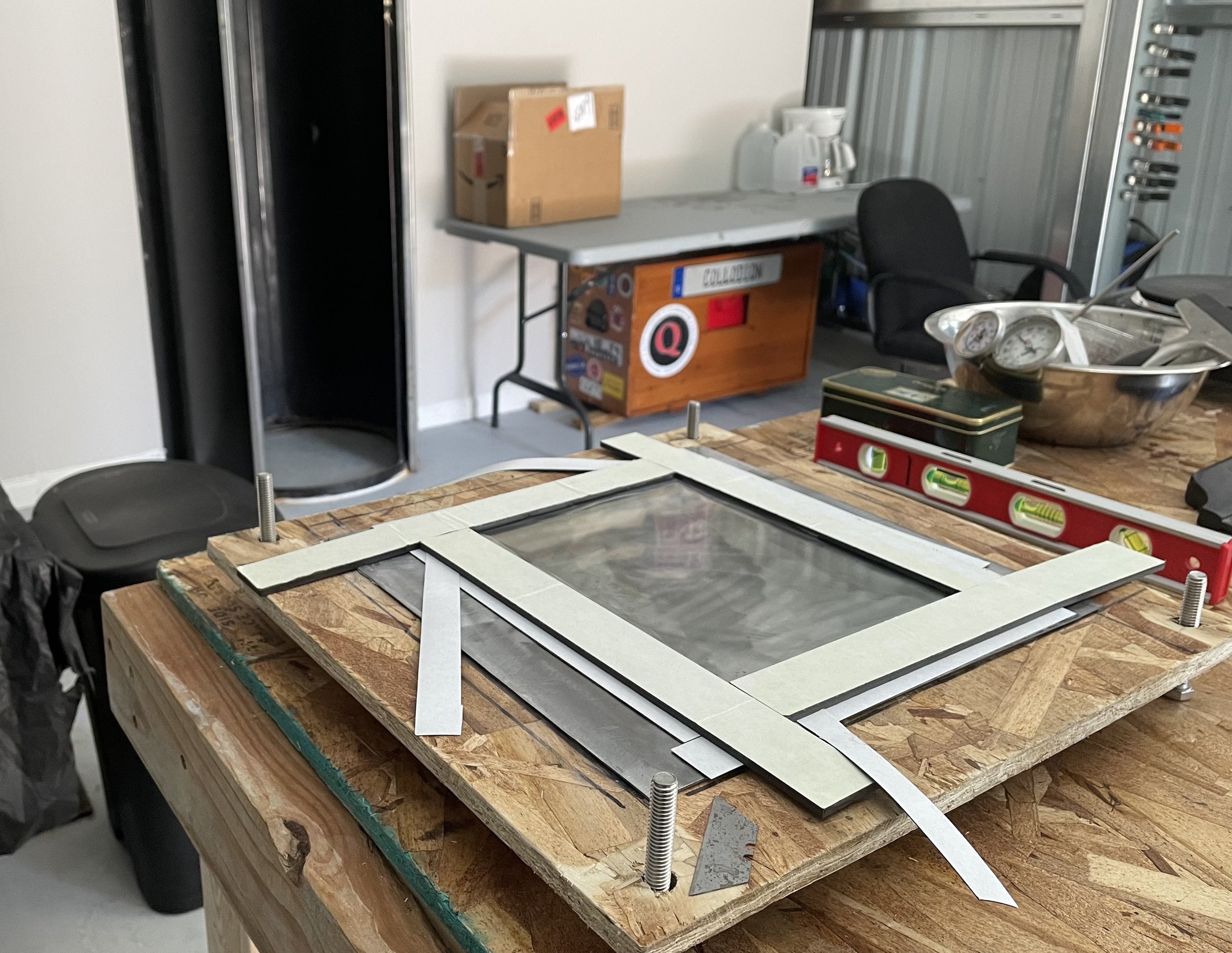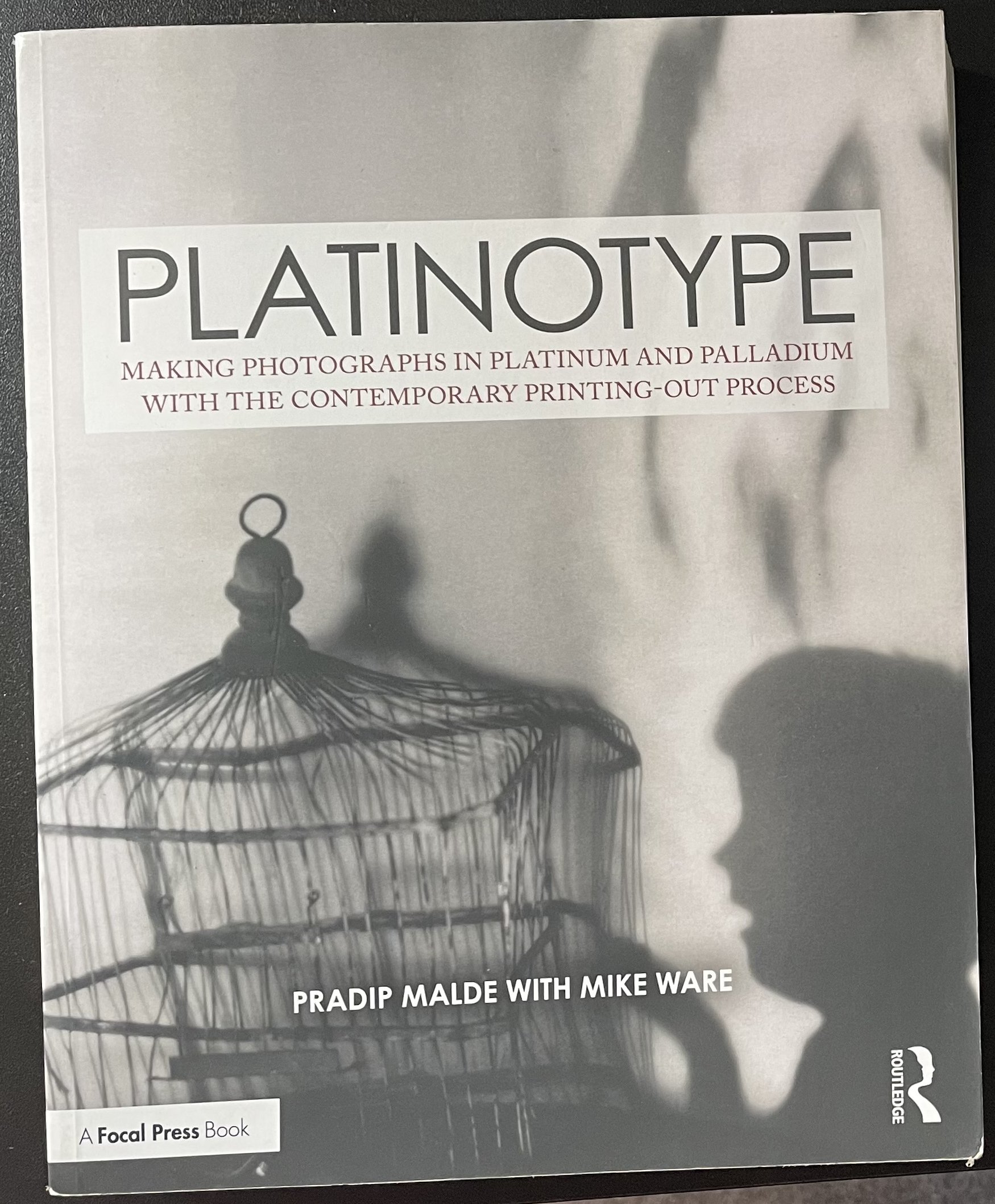If you don’t know who Emmet Gowin is, I recommend that you look him up. When I was in undergraduate school, I studied a lot of the 1960s, 1970s, and 1980s photographers and artists. Gowin was a huge influence on me. I shot thousands of frames of 35mm black and white film with a 28mm wide-angle lens and always admired his large-format portraits of his family shot on black and white film with a 90mm wide-angle lens. He also did a lot of landscapes with that same lens. Beautiful and arresting work.
In my pursuit of making interesting work for this project, I started looking at wide-angle lenses for my large format camera. It hit me when we hiked back into the Paradise Cove area. I wanted a wide-angle the minute I got there. It was screaming “Wide Angle"!!!” and I didn’t have one.
My friend and fellow wet and dry plate collodionist, Euphus Ruth contacted me and we started having a conversation about wide-angle lenses. Euphus has been collecting optics and cameras for a long time. He’s into panoramic type cameras - they call them “banquet cameras” - a short and long format - like 7” x 17” or 12” x 20”. They’re wonderful for large group photos, architecture, and landscape images.
Euphus was kind enough to offer up some of his wide-angle lenses for me to try. I selected two of them. An old Darlot ~150mm f/13 and a Schneider Super Angulon 90mm F8. The Schneider Super Angulon is made for a 4x5 camera. I’m making Whole Plate format - 6.5” x 8.5” - way too big for that lens. But, it’s exactly what I wanted. After making some adjustments to get it to fit my Chamonix, I took it out today for a test run.
I made this wet collodion negative at f/8 for 12 seconds. I was fighting the wind up here today - gusts of 20 mph, not suitable for dry plate and several minute exposures. Wet collodion is like Polaroid to me now. Quick, simple, and easy. Having to fight the wind, I didn’t really have the time or patience to adjust the camera movements, or I could have filled the plate at f/8. Normally, I would stop down to at least f/16 or f/22. That’s what I’ll do when the wind calms down. This is an incredible lens. I’m really grateful he offered these to me.
Why wide-angle? In the past, I’ve made a lot of portraiture work and landscape work using vignetting. Using a lens that’s too small for the plate. It creates a “keyhole” effect. Look at Gowin’s work, or some of my older stuff. I’ve always said it’s like looking through a keyhole at something we shouldn’t be looking at.
With this Schneider Super Angulon, I’ll get the “other-worldly” effect I want. The rock, the trees, the landscape stretched out like you’re moving through it. I want the viewer to “feel” that tension and see the beauty in a non-traditional way. So much work is derivative, I want to avoid that as much as possible. This optic will help a lot in creating unique images of the land and objects here.
A big thank you to Euphus. You can check out his work here. I look forward to putting this optic through my tests and see what I can do with it. Stay tuned!!
































